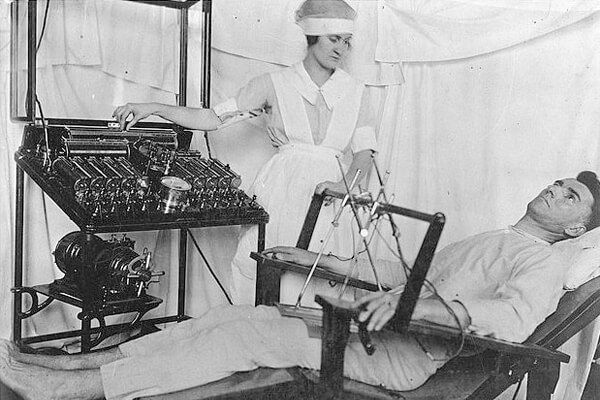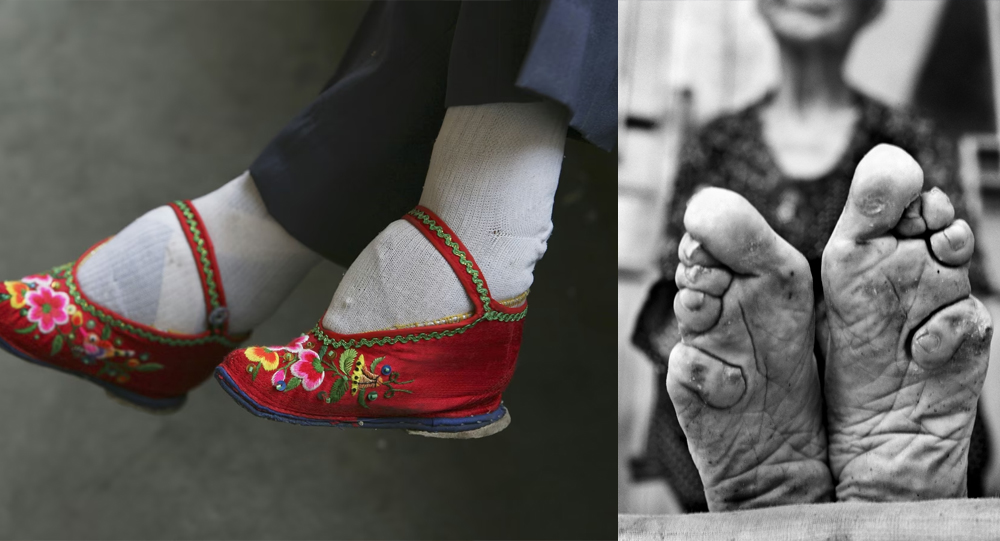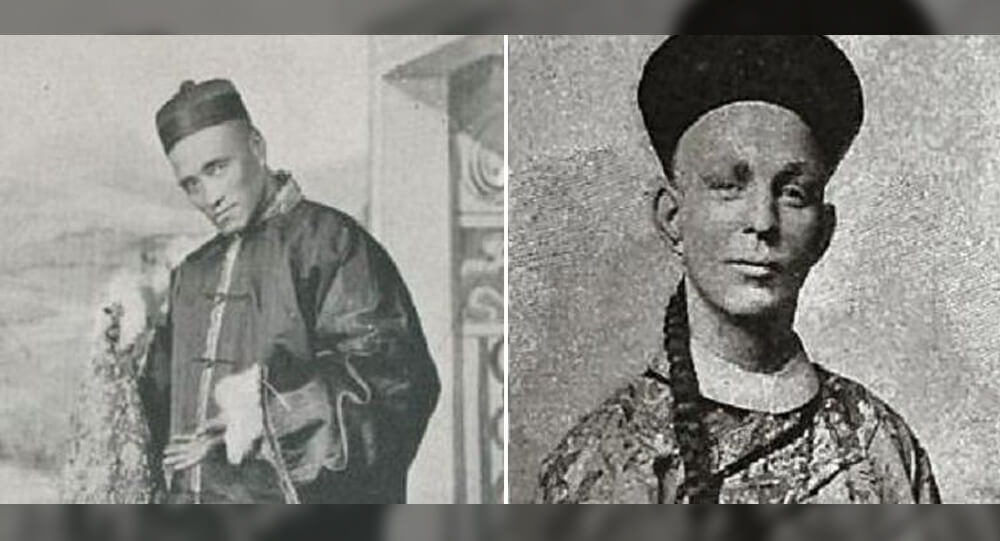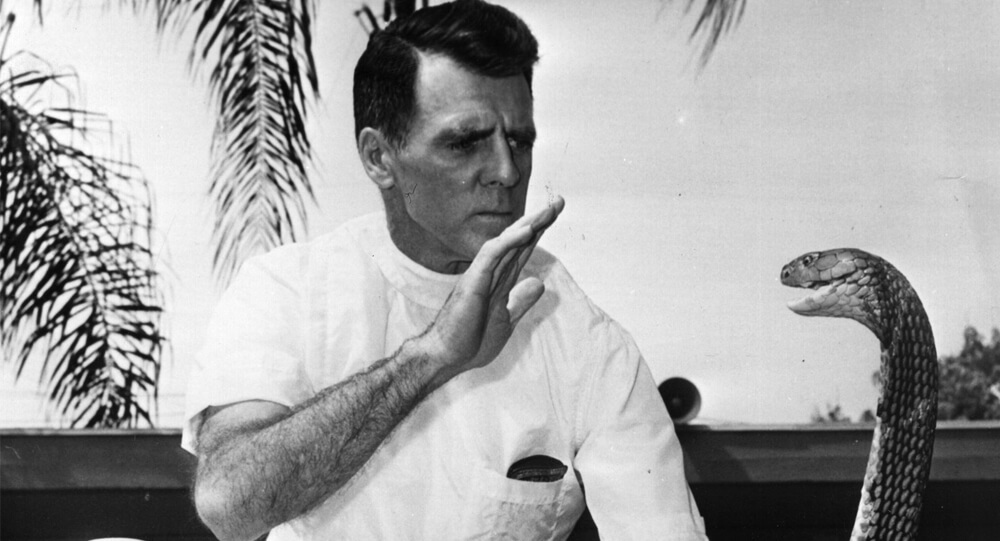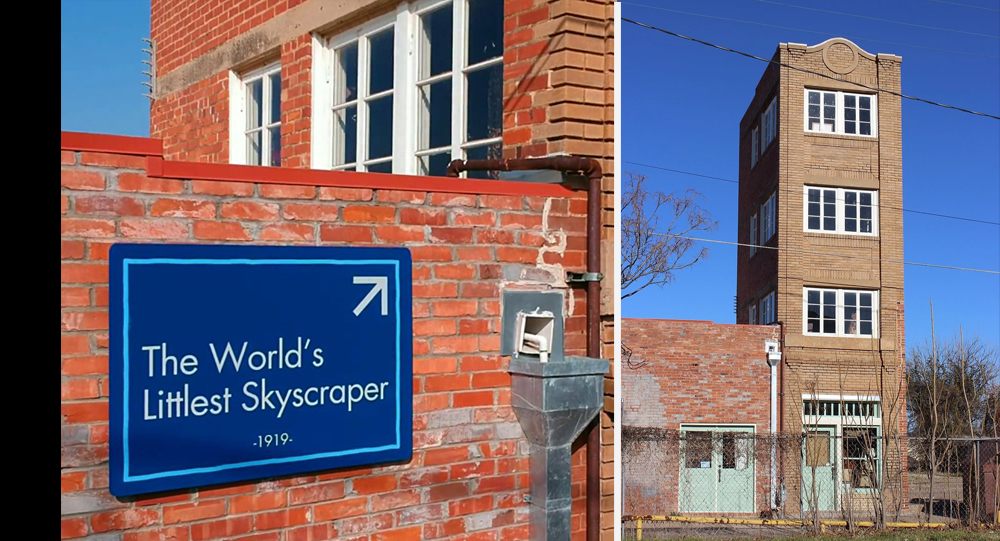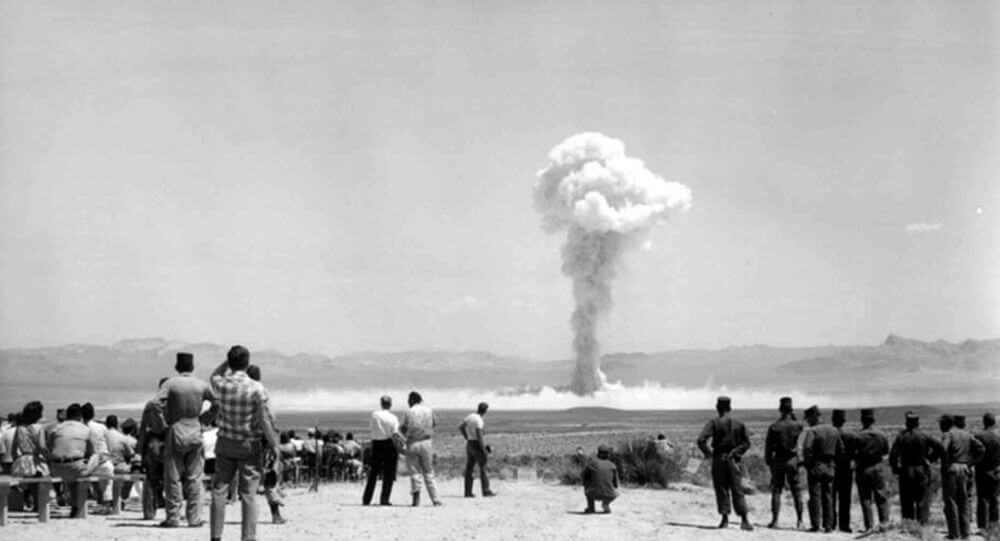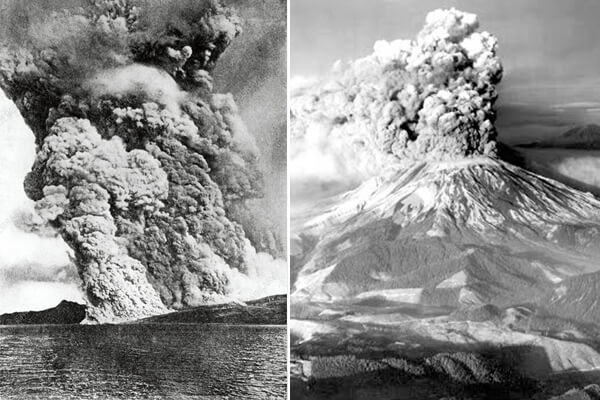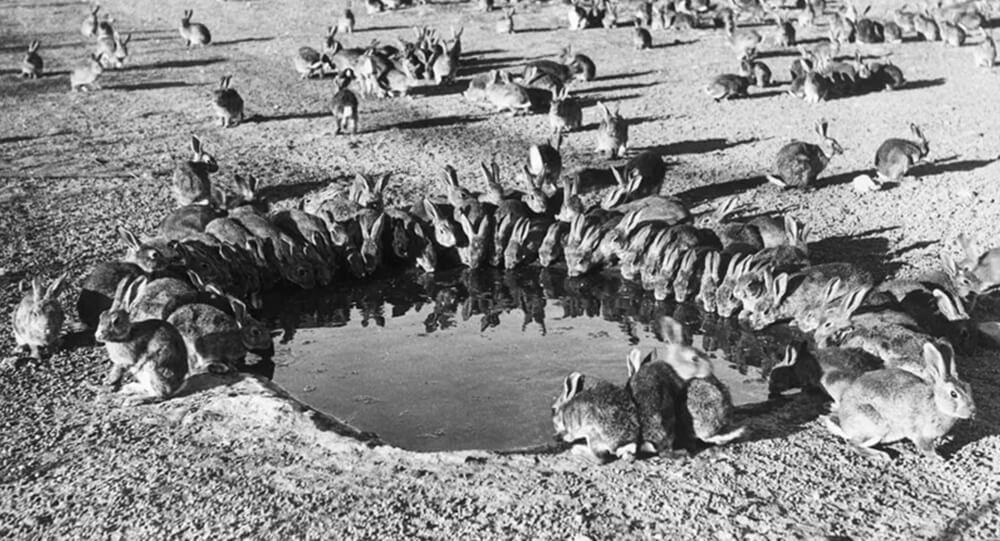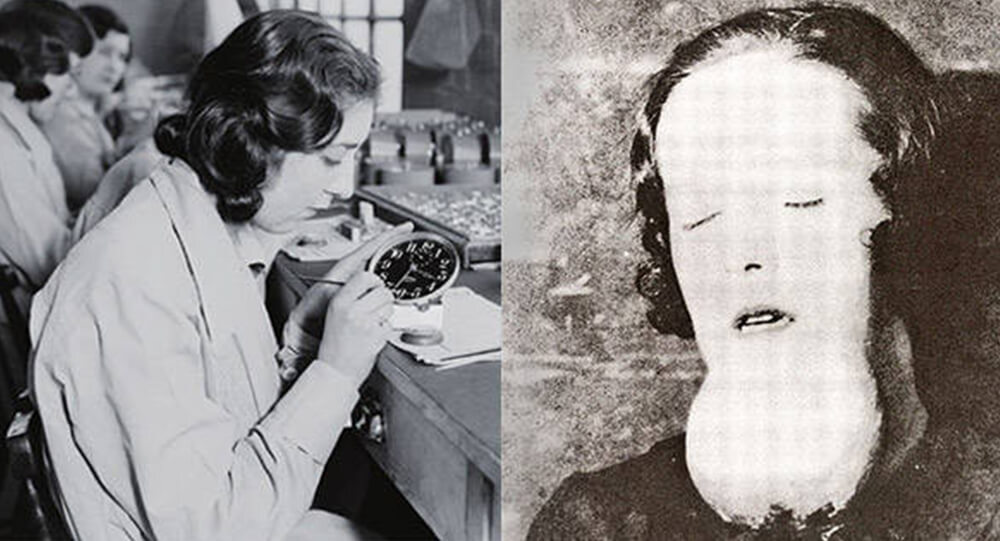
On April 10, 1917, an 18-year-old woman named Grace Fryer began working as a dial painter at the United States Radium Corporation (USRC) in Orange, New Jersey. With two soldier brothers, Grace wanted to do everything she could to support the war effort four days after the US entered World War I. She had no idea how drastically her new job would alter both her life and the rights of workers.
The Working Girls
Following the declaration of war, a large number of working-class women flocked to the studio where they were hired to paint watches and military dials with the novel element radium, which Marie Curie had discovered a little less than 20 years earlier. Dial painting was “the elite job for the poor working girls” because it paid more than three times as much as the typical factory job, and those who were fortunate enough to get a job were among the top 5% of female workers in the country. This gave women financial freedom at a time when female emancipation was gaining momentum. They spread the word about the appeal of their new job through their friend and family networks because many of them were teenagers with small hands that were ideal for artistic work. Frequently, entire sibling groups collaborated in the studio.
Because of the luminosity of radium, which was part of its allure, the dial painters quickly earned the nickname “ghost girls” because by the end of their shifts, they would glow themselves. They took full advantage of the benefit, dressing elegantly for work so that they would sparkle in the dance clubs at night, and even applying radium to their teeth for a smile that would kill their suitors.
Grace and her colleagues painstakingly painted the tiny dials, some of which were only 3.5 centimeters wide, using the method they had been taught. The girls were told to lip-point, or perform a “lip, dip, paint routine,” as playwright Melanie Marnich later put it, by slipping their paintbrushes between their lips to make a precise point. The girls would put their brushes to their mouths and slurp up some of the glowing green paint.
Truth and Lies
Mae Cubberley, who taught Grace the method, recalled, “The first thing we asked [was] ‘Does this stuff hurt you?'” Mr. Savoy [the manager] said that it wasn’t dangerous and that we didn’t need to be afraid. Naturally, you don’t want to put anything in your mouth that is going to hurt you.
That, however, was untrue. Since it was first discovered, the glowing element had been known to be dangerous; Marie Curie herself had been exposed to radiation burns while handling it. Before the first dial painter ever picked up her brush, people had already passed away from radium poisoning. In their laboratories, the men at the radium companies wore lead aprons and handled the radioactive material with tongs with an ivory tip for this reason. However, the dial painters were not given this protection or even informed that it might be required.
This was due to the fact that at the time, a small amount of radium, like what the girls were handling, was thought to be healthy: Radium water was consumed as a tonic, and toothpaste, butter, milk, and cosmetic products could all be purchased that contained the wonder substance. According to newspapers, using it would “add years to our lives!”
But that assumption was supported by research carried out by the same radium companies that had created a successful industry around it. When questioned, managers informed the girls that the substance would give them roses in their cheeks but they disregarded all warning signs.
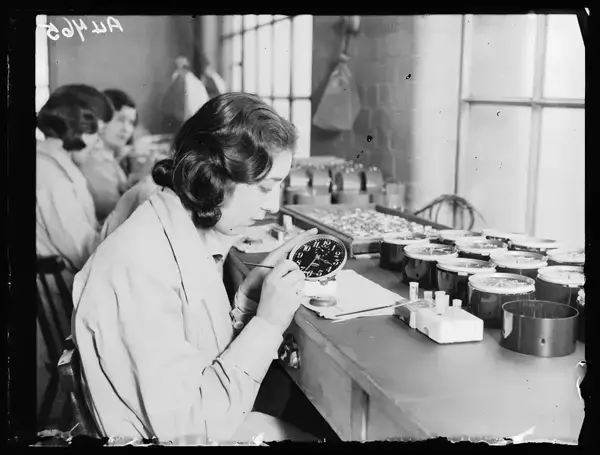
The First Death
Mollie Maggia, a coworker of Grace’s, was forced to leave the studio in 1922 due to illness. She was unable to identify her health issues. Her dentist pulled a tooth that was giving her pain, but the next tooth soon began to hurt and needed to be removed as well. Agonizing ulcers appeared as dark flowers where the teeth had once been, blooming red and yellow with blood and pus. They constantly seeped, giving her bad breath. She then experienced incredibly painful limb pains that eventually prevented her from being able to walk. The doctor sent her home with aspirin because he suspected rheumatism.
Mollie was in need by May 1922. Her lower jaw, the roof of her mouth, and even some of the bones in her ears were described as being “one large abscess” at that point. She had also lost the majority of her teeth, and the mysterious infection had spread. To his horror and shock, the jawbone in the patient’s mouth broke when the dentist gently prodded it there. Days later, her entire lower jaw was removed in the same manner, “not by an operation, but merely by putting his fingers in her mouth and lifting it out.”
Mollie was completely falling apart. She wasn’t the only one either; by this time, Grace Fryer and the other radium girls were also experiencing pain in their feet and problems with their jaws.
While they were alive, it was literally boring holes inside them.
The strange infection that had plagued Mollie Maggia for less than a year spread to her throat tissues on September 12, 1922. Her jugular vein was slowly eaten away by the illness. At 5 p.m. Her mouth was covered in blood that day because she was bleeding out so quickly that her nurse was unable to stop it. 24 was the age of her passing. Her death certificate falsely stated she had died of syphilis, which her former employer would later use against her. Her doctors were baffled as to the cause of death.
One by one, Mollie’s former coworkers soon followed her to the grave as if on cue.
The Cover-Up
For almost two years, the young women’s employer, USRC, denied any wrongdoing. After experiencing a decline in business as a result of what they perceived to be persistent “gossip,” they hired an expert to look into the alleged connection between the dial-painting industry and the women’s fatalities in 1924.
This study was independent, in contrast to the company’s own research into the benefits of radium, and when the expert confirmed a connection between radium and the women’s illnesses, the firm’s president was dismayed. He paid for new studies that came to the opposite conclusion instead of accepting the findings, and he lied to the Department of Labor about the findings of the initial report when it was conducting an investigation. He criticized the women in front of the public for attempting to “palm off” their illnesses on the company and condemned their attempts to obtain financial assistance for their mounting medical bills.
The Light That Does Not Lie
The women’s biggest challenge was establishing a connection between their mysterious illnesses and the radium they had been ingesting hundreds of times per day and keeping the report quiet. They were fighting against the widespread notion that radium was safe, despite discussing how their own work must be at fault. In actuality, it wasn’t until the death of the radium company’s first male employee that experts began to take up the cause. A brilliant medical professional by the name of Harrison Martland created tests in 1925 that established conclusively that the women had been poisoned by radium.
Martland also described what was going on internally. External use of radium had been known to cause severe harm to people as early as 1901; Pierre Curie once said he would not want to be in a room with a kilogram of pure radium because he thought it would burn all the skin off his body, ruin his eyesight, and “probably kill [him].” However, Martland found that when radium was used internally, even in minute amounts, the harm was thousands of times greater.
The women’s bodies were now emitting a continuous stream of destructive radiation that “honeycombed” their bones after the radium they had consumed settled in them. While they were still alive, it was actually boring holes inside of them. It attacked the women all over their bodies, shortening and spontaneously breaking the women’s legs. Grace Fryer’s spine was “crushed,” requiring her to wear a steel back brace. Another girl’s jaw was eaten away to “a mere stump.”
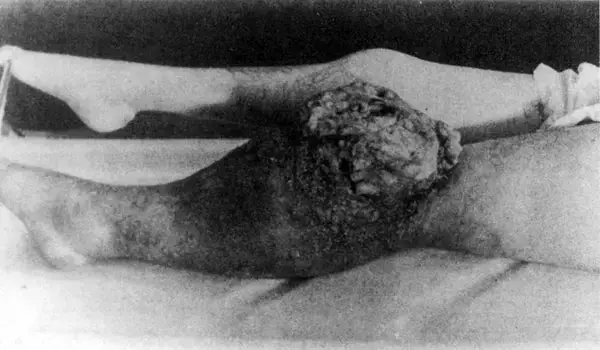
Uncomfortably, the radium that had been deeply infused into those broken bones started to glow as well—the light that does not lie. In some cases, a woman would discover she was poisoned with radium when she looked in a mirror in the middle of the night and saw a ghostly reflection of herself, shining with an unnatural luminosity that would determine her fate.
Martland had understood the poisoning was fatal, after all. There was no way to get the radium out of the girls’ damaged bones now that it was inside of them.
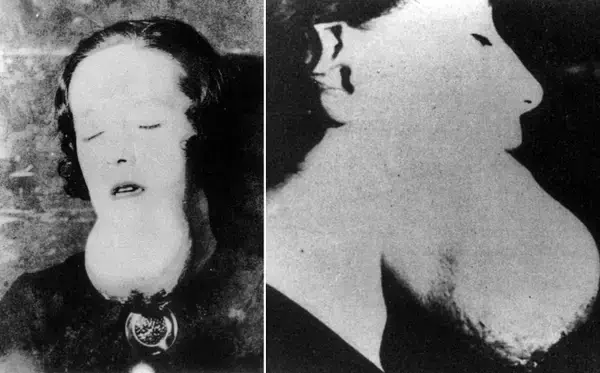
The Fight
Despite the radium industry’s efforts to cast doubt on Martland’s groundbreaking work, it had not anticipated the bravery and tenacity of the radium girls. To combat the injustice, they formed a group and began working together. Additionally, their conflict had a charitable motivation because dial painters were still in demand across the country. Grace Fryer remarked, “I don’t care for myself. “I am more concerned about the many girls to whom this may serve as an example,” she said.
The women’s fight was led by Grace, who persisted in looking for legal representation despite being rejected by numerous lawyers who either did not believe the women’s claims, fled from the powerful radium corporations, or were ill-equipped to take on a legal battle that demanded the overturning of existing laws. The women were hindered by the statute of limitations, which mandated that victims of occupational poisoning bring their legal cases within two years, as well as the fact that radium poisoning was not yet recognized as a compensable disease when the girls fell ill. Most girls did not become ill from radium poisoning until at least five years after they began working; they were caught in a vicious legal circle that seemed impossible to break. Grace, however, who was the daughter of a union delegate, was determined to hold a patently negligent company accountable.
After a capable young attorney named Raymond Berry eventually took their case in 1927, Grace (along with four other coworkers) found herself at the center of a famous courtroom drama. However, the women had only been given four months to live at this point, and the company appeared determined to drag out the legal proceedings. Grace and her friends were consequently forced to reach a settlement outside of court, but they had increased public awareness of radium poisoning precisely as Grace had intended.
The New Jersey radium girls’ case made the front page of the newspaper and shocked the nation. A dial painter by the name of Catherine Wolfe in Ottawa, Illinois, read the coverage horrified. She recalled that there were meetings at our plant that nearly descended into riots. We found it difficult to work due to the chill of fear.
However, taking a page from USRC, the Illinois company Radium Dial disclaimed responsibility. The company lied about the results despite the fact that the Illinois women’s medical tests showed they were manifesting the telltale signs of radium poisoning. It went so far as to interfere in the girls’ autopsies when the Illinois workers began to die: Company officials actually stole their radium-riddled bones in their callous cover-up, putting a full-page ad in the local paper that read, “If we at any time had reason to believe that any conditions of the work endangered the health of our employees, we would at once have suspended operations.”

Top 10 most cruel medical procedures that are being used today
We are all aware that medicine has advanced dramatically over the last fifty years. There are several modern medical approaches available today, but this was not always the case. However, the past of medicine is a dark one. Medical leeches, lobotomy, vascular surgery, cranial stenosis, and even electroshock therapy are all options. These are only a couple of the cruel healing techniques that are still in use today.

Ancient Jericho: The First Walled City In History
The ancient city of Jericho is the world's oldest walled city, with evidence of stone fortifications dating back nearly 9000 years.

Saudi Arabia camel carvings dated to prehistoric era
Archaeologists were shocked to discover that a series of camels carved into desert rock faces in north-western Saudi Arabia are actually prehistoric, dating from 7,000-8,000 years ago - before either the Pyramids of Giza or Stonehenge were built.

Why the Brooklyn Bridge Was Once Crossed by 17 Camels and 21 Elephants
On May 30, 1883, a rumor that the Brooklyn Bridge was going to collapse caused a stampede, which killed at least at twleve people. To prove the bridge was safe, P.T. Barnum led a parade of 21 elephants over it.

What Was the Beast of Gévaudan?
Between 1764 and 1767, a mysterious animal called the Beast of Gévaudan terrorized the French village called Gévaudan. It attacked and killed about 100 adults and children. While most believe it was a wolf, some say it may have been a wolf-dog hybrid, hyena or even a lion, but without any genetic evidence, the beast will remain a mystery forever.

Inside China’s Footbinding Tradition: The Painful Ritual of Lotus Shoes and Bound Feet
In China, Lotus shoes were used to bind women's feet to keep their feet small

How Cleveland's Balloonfest in 1986 Turned Into a Public Tragedy
In Cleveland, Ohio, United Way broke the world record by deflating nearly 1.5 million balloons as part of a publicity stunt to raise money. The balloon obstructed a US Coast Guard search for two boaters who were subsequently discovered to have drowned, blocked airport runways, and blocked land and waterways.

The Bizarre (And Magical) Duel Between Chung Ling Soo And Ching Ling Foo
Ching Ling Foo and Chung Ling Soo were two magicians from the early 20th century who were bitter rivals. While Ching Ling Foo was genuinely Chinese, Chung Ling Soo was actually a New Yorker named William Robinson.

The story of Bill Haast, who lived to be 100 despite his extensive snake venom injections
Bill Haast immunized himself by injecting snake venom into his blood for several years. He holds the Guinness World Record for surviving the most lethal snake bites, having been bitten over 172 times. Bill became known as "Snake Man" around the world and lived for over 100 years.

Robert Odlum, the first person to jump off the Brooklyn Bridge
The first person to jump off the Brooklyn Bridge was a professional high diver who "wanted to demonstrate that people did not die simply by falling through the air, thus encouraging people to be willing to jump from a burning building into a net." He proved himself correct by safely falling 135 feet through the air and dying only when he hit the water.

The Littlest Skyscraper: How J.D. McMahon’s 480-Inch Con Fooled Investors in 1919
In 1919, J.D. McMahon convinced investors to fund a 480-foot skyscraper, but he labeled the plans as 480 inches, building a 40-foot structure instead. After taking $200,000, he won in court since the plans matched what he built.

Atomic Tourism: In the 1950s, nuclear tests in Las Vegas served as a draw for tourists
Between 1950 and 1960, Las Vegas offered “Atomic Tourism” in which guests could watch atomic bombs being tested in the desert as a form of entertainment.

The 1976 April Fools' Pranks, Planetary Alignment
On April fool's Day, 1976, the BBC convinced many listeners that a special alignment of the planets would temporarily decrease gravity on Earth. Phone lines were flooded with callers who claimed they felt the effects.

Man's Blood Helped Save Millions of Babies
Australian blood donor James Harrison has been one of our most impressive and valued donors, having donated for 60 years. Know his story, how he was a pioneer of our Anti-D program, and why this matters.

The History Behind the “No One Dies Alone” Program
In 1986, while doing a night shift at the hospital, Sandra Clarke, a registered nurse, was asked by an elderly patient to stay. She promised to be back after checking on her other patients, but by the time she returned, the gentleman had passed away. Clarke became one of the key figures in launching No One Dies Alone, a program that allows volunteers to sit with terminal patients who have no one else.

George Dantzig solved two famous “unsolved” problems in statistics mistakenly as assignment
In 1939, George Dantzig arrived late to his statistics class. On the board were two famous “unsolved” problems in statistics written as an example by his professor. Dantzig mistook the examples for homework assignments. He solved the “unsolved” problems and submitted the homework to his professor a few days later. His solutions earned him a doctorate.

10 world’s most destructive and dangerous volcanic eruptions in history
Volcanic eruptions can devastate cities, change the world's atmosphere, and devastate economic systems. They can create molten lava rivers, mudslides, suffocating ash, and poisonous gases that cause chaos around the world for years. A volcanic explosion's effects can be massive, from its size to its death toll to its economic cost. Here is ten world’s most destructive and dangerous volcanic eruptions in history.

How European Rabbits Took over Australia
In 1859, wealthy settler Thomas Austin released 13 wild rabbits on his Australian estate. By 1920, their population grew to 10 billion.

Tunnels Dug by ancient giant sloths, A South American Megafauna
For years, scientists didn’t know what caused mysterious cave networks in South America. In 2010, they learned that the caves were actually tunnels dug by ancient giant sloths

Nicholas Winton ‘British Schindler’: Man who rescued 669 Czech children from Nazis
A man named Nicholas Winton saved 669 kids during WWII and lived almost all his life without letting people know.

Charlie Brown and Franz Stigler incident: Enemy became friends
During WWII, a German pilot spotted an American pilot’s crippled plane in the sky. Tailing it, he noticed that gunner was dead, crew injured, and they posed no threat. Instead of destroying the plane, he led it to safety. 40 years later, the two pilots reunited.

The youngest person executed, George Stinney Jr was proven innocent
In 1944, George Stinney Jr. was 14 years old when he was executed in South Carolina. It took only ten minutes to convict him — and 70 years to exonerate him.

D.B. Cooper: Man who hijacked a plane and jumped out with a $200,000
On November 22, 1971, DB Cooper hijacked a Boeing 727, drank a whisky, smoked a fag, and then jumped out of the plane with $200,000. He was never again seen.

The Tragic Story Of Mary Ann Bevan, The ‘Ugliest Woman In The World’
After the death of her husband, Mary Ann Bevan had no income to support herself and her children. She then decided to enter a contest where she won the title of “ugliest woman” and was later hired by a circus. She endured this ridicule from the world to provide for her family.

Henry Ford, The man popularizing the concept of the weekend off
Henry Ford was the first Industrial Giant to give his employees both Saturday and Sunday off in the hope of encouraging more leisurely use of automobiles and thus popularizing the concept of the "weekend."

